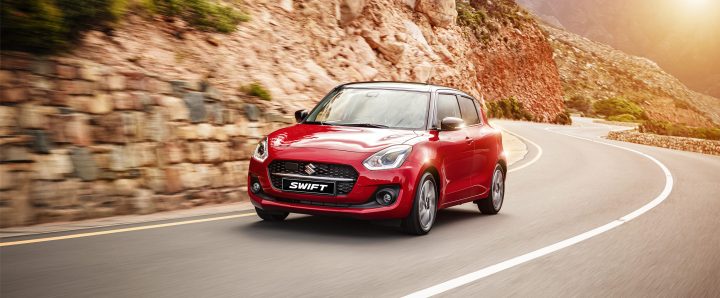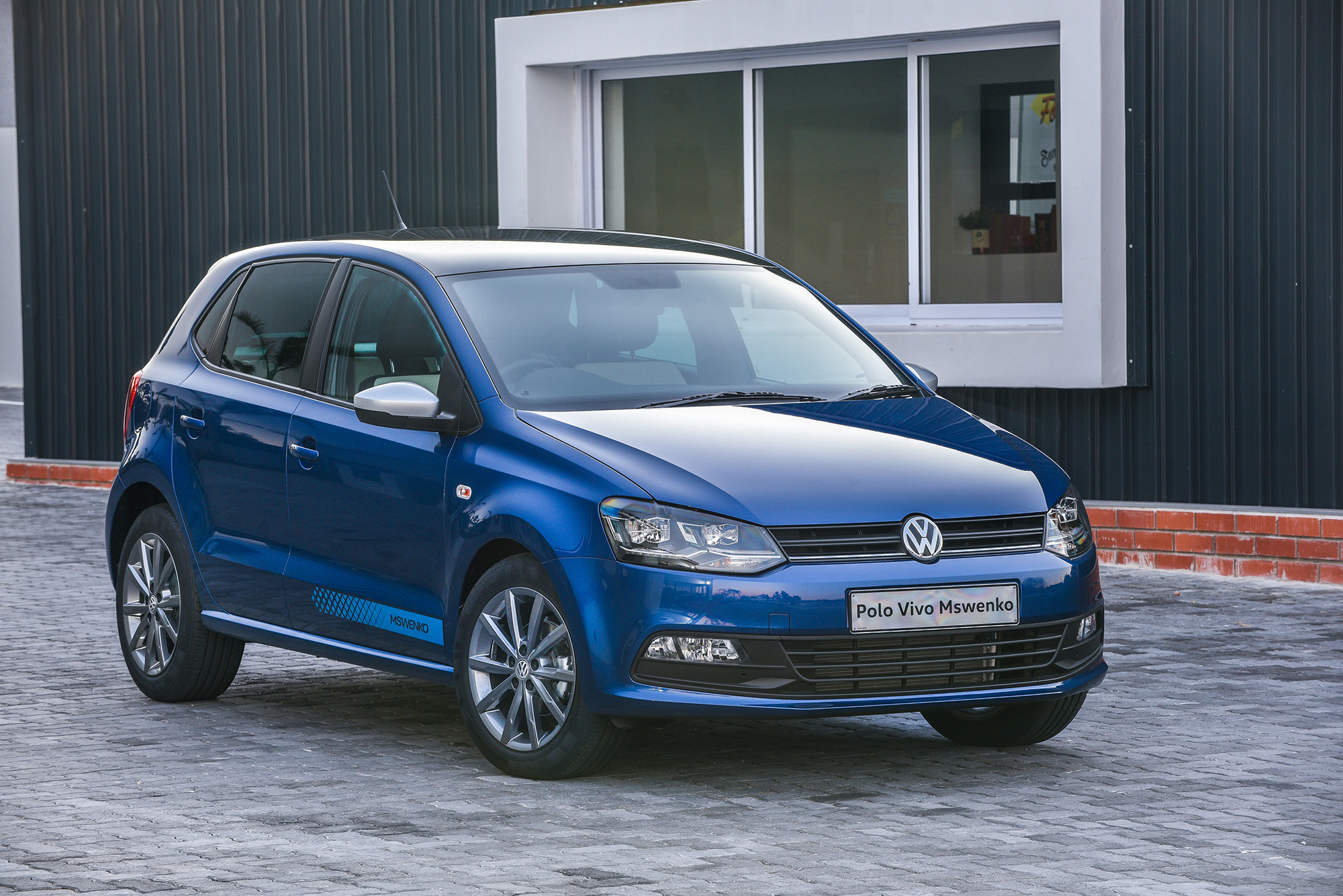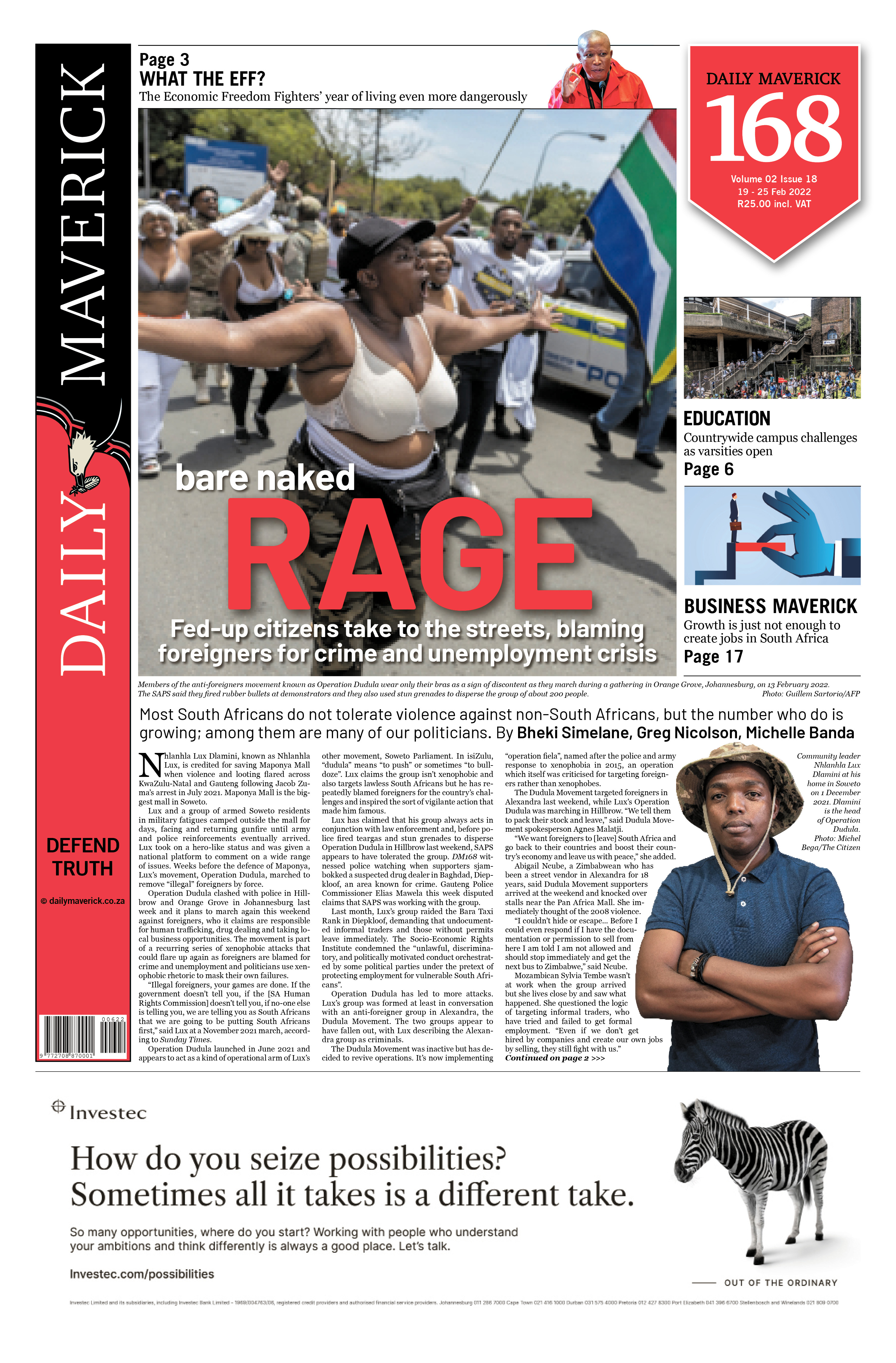VROOM WITH A VIEW
Toyota-Suzuki partnership is cleaning up in SA, and Volkswagen and other brands have cause for concern

There must be a frisson of disquiet there in Gqeberha. The Volkswagen factory has been building cars for more than 70 years now, and is as much a part of the landscape as the sea itself. They have always built winners there, from Beetles to Kombis, Golfs and Citi Golfs, Jettas and Foxes, and then the ubiquitous Polo Vivos and Polos.
Volkswagen’s PE plant has always had its finger on the motoring pulse of a strange middle-income market, and has thrived amid the social and political upheaval that come standard fit in SA.
Their brand’s mix has been spot-on for years. A last-generation retread for local consumption (Polo Vivo), and an export-focused model that also happens to be a firm local favourite (Polo), all beautifully well made and inhabiting the top two rungs of the sales ladders for years.
But nothing and nobody can plan for a pandemic and resultant economic fallout and the Great Shortage of 2021 and 2022. Most famously in the motor industry, of course, it was superconductors. But, in truth, there has been a shortage of everything that comes by sea or planes and, if you’re a reasonably small cog in one of Earth’s biggest globalised industrial machines, turbulence was a likely outcome.
I’m not sure what data is useful at the moment. Car sales data for January have always been highly dubious as management at the car firms shift around their wholesale/retail numbers to hit various internal targets for the calendar year-end. The unwritten rule is always to take an aggregate of December and January to get a sense of the truth.
But in the age of the Great Shortage it’s not at all clear whether car sales stats represent demand (and therefore can continue their useful role as a bellwether of the South African middle class, consumer confidence and household disposable income) or merely what happened to be on a showroom floor when somebody needed new wheels.
Either way, the Naamsa spin is that the passenger car year got off to a flying start in January using a year-on-year measure (26% growth), the helpfulness of which I remain to be convinced about.
A quick survey of the bestsellers in January tells a tale of a luxury segment that continues to shrink. Neither BMW Group (including Mini) nor Mercedes-Benz could get close to 1,000 units, unthinkable not long ago but now quite normal.
The smash hits for January were far more prosaic: the VW Polo, boosted no doubt by a recent facelift, and two Toyota-badged-Suzuki-sourced cars, the Starlet hatchback and the Urban Cruiser light crossover. Then came the Polo Vivo, the new Corolla Cross (bringing hybrid technology to the mass market at last), the Suzuki Swift, the Haval Jolion (a Chinese SUV), the Toyota Corolla/ Quest (which they lump together in the numbers), and two basic offerings from Toyota (Ayga) and Renault (Kwid).
Some observers have quipped that Toyota would be foundering in this market were it not for the cars from the Suzuki/Toyota joint venture. That’s a little bit naive. The success of the Toyota-badged Suzuki-sourced cars in this market is precisely why the company went into the venture. The fact that it’s working shouldn’t surprise anyone.
As our market resembles the Indian market more and more in terms of volume sellers, Toyota SA has increasingly leveraged Toyota Motor’s partnership with Suzuki in that market, where the brand Suzuki Maruti dominates the Indian automotive scene with its reliable, light and small cars. For Suzuki, there’s access to Toyota’s hybrid technology, which it will need as regulations in developed markets close in on emissions and, of course, it’s not like the Suzuki plants are building these cars for Toyota for free, either.
Equally, Suzuki SA is hardly suffering. Au contraire, in fact. It’s true that the Starlet has obliterated the Suzuki Baleno (on which it is based), but the Vitara Brezza (the Urban Cruiser) did pretty well in January, selling one for every three of the 1454 Urban Cruisers that left showroom floors. The dinky 7-seat MPV popular among Uber operators, the Suzuki Ertiga (325), was just 40 or so units behind the Toyota-badged Rumion (368) version of the car. Where the
Toyota joint venture does not apply, Suzuki is flying along just fine, shifting hundreds of super-cheap S-Pressos, DZires and dinky little Jimnys to the lifestylists. For the first time ever, the company sold more than 1,000 units of one model — the Swift — in a single month, and was pleased to shout about the brand’s year-on-year growth of 73% in January. The Swift is such a genuinely good car it’s good to see its popularity rise in SA.
As opposed to understudying this Toyota-Suzuki automotive mash-up as some kind of zero-sum game involving two competitors fighting over a limited segment of the market, it’s better to see it as a very clever and highly successful business partnership that is taking the volume market by blitzkrieg, and at quite an astonishing pace.
The fact is, those Toyota-badged Suzukis would not sell without that badge on their snouts. The Baleno illustrates this; it scarcely featured in sales charts after its launch in SA in 2016. As a Toyota Starlet, however, in January it was South Africa’s second-best-selling car behind the Polo, with almost 1,500 units sold. There are good, rational reasons for this (the size of the dealer footprint, finance factors, existing arrangements between Toyota SA and fleet/rental buyers, brand-related residual prices) and less rational reasons (brand trust, brand prestige, etc) but, whatever your view of it, it’s a hugely successful strategy.
To some extent this success represents a rapidly growing segment of the market in a weak economy that Toyota and Suzuki are thriving in. But is there a loser in all of this too? The fact that the Polo Vivo was rudely bumped from second to fourth place in the rankings in January may raise eyebrows in the windy city, especially as it seems quite clear that it was a crossover (the Urban Cruiser), not a hatchback, that did it.
A single data point in a chaotic time is no reason to panic — maybe it’s as simple as being a supply-side outcome — but as the current generations of Polo and Polo Vivo enter their final years of production, it’s going to very interesting indeed to see what the Uitenhage (Kariega) managers do to maintain the Volkswagen brand’s dominance in the passenger sales markets here.
The question, I guess, is this: will a retreaded hatchback still do the numbers for them, or do they need a crossover? The answer lies in the months ahead.
The fact that the Polo Vivo was bumped from second to fourth place in the rankings may raise eyebrows … especially as it was a crossover, not a hatchback, that did it. DM168
This story first appeared in our weekly Daily Maverick 168 newspaper which is available for R25 at Pick n Pay, Exclusive Books and airport bookstores. For your nearest stockist, please click here.




















 Become an Insider
Become an Insider
Comments - Please login in order to comment.